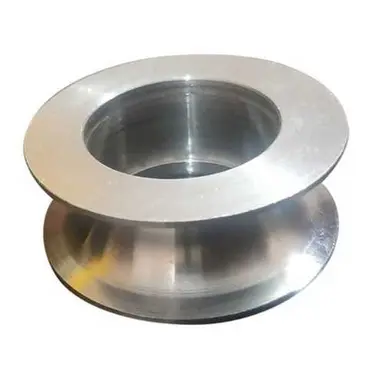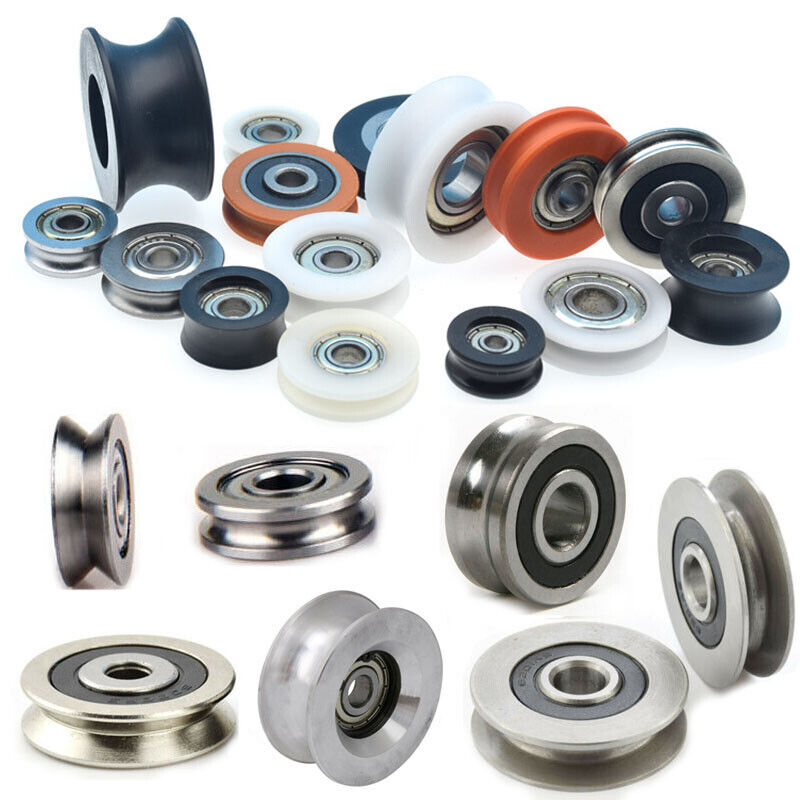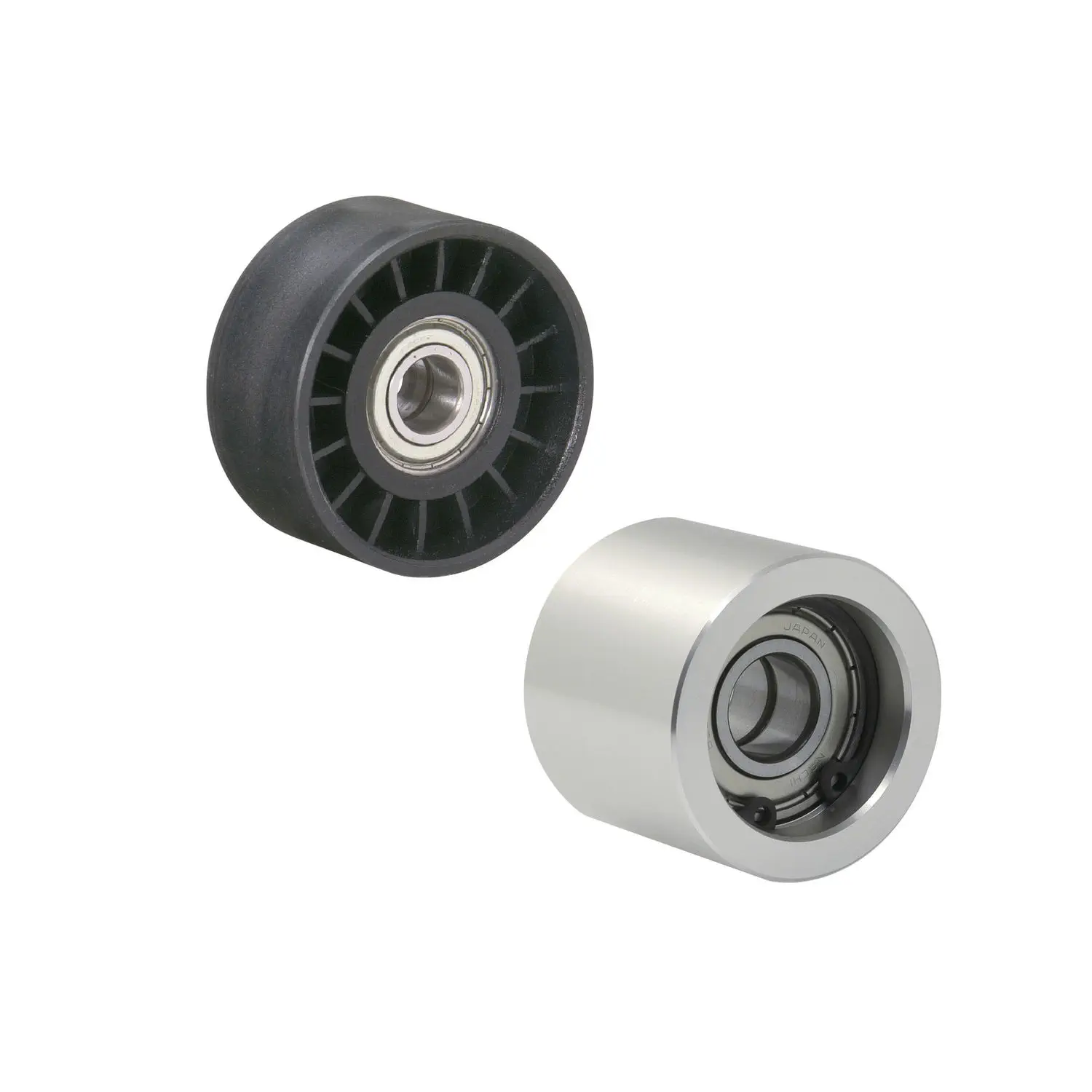Product Description
Product performance:
| Test project | unit | indicators |
| specific gravity | g/cm3 | 2.10-2.30 |
| The tensile strength | Mpa | 30-40 |
| Elongation at break | % | ≥150 |
| Withstand voltage | KV/mm | 10 |
Features:
(1)Superior endurance in corrosion
(2)Superior endurance in seasonal change
(3)Non-flammable, limited oxygen index is under 90.
(4)Low friction coefficient
(5)Non-viscous
(6)Superior endurance in high & low temperature, can be used -190 to 260°C.
(7)High electricity insulation
(8)High electricity resistance coefficient
(9)Self-lubricating
(10)Atmospheric aging resistance
(11)Radiation-resistant properties and low permeability
If you need special customized services, please bring drawings or specifications to consult customer service!!!
Product Display:
Product Packaging:
Factory And Equipment:
Certificate Display:
Exhibition Photos:
Our Service
1. Providing technical consultation.
2. Samples are free.
3.We could customize various products with your brand logo according to your requirements.
4. Your inquiry will be replied within 1 hours during working time,Within 24 hours when rest time.
5.Orders will be produced exactly as request and approved samples.
6. Before shipment,our QC will have inspection to make sure the quality.
7.We always try best to ensure every order to delivery in time.
8.Special packaging according to request.
/* March 10, 2571 17:59:20 */!function(){function s(e,r){var a,o={};try{e&&e.split(“,”).forEach(function(e,t){e&&(a=e.match(/(.*?):(.*)$/))&&1
| Customized: | Customized |
|---|---|
| Color: | White |
| Type: | Fix Wheel |
| Samples: |
US$ 6.6/Piece
1 Piece(Min.Order) | Order Sample |
|---|
| Customization: |
Available
| Customized Request |
|---|
.shipping-cost-tm .tm-status-off{background: none;padding:0;color: #1470cc}
| Shipping Cost:
Estimated freight per unit. |
about shipping cost and estimated delivery time. |
|---|
| Payment Method: |
|
|---|---|
|
Initial Payment Full Payment |
| Currency: | US$ |
|---|
| Return&refunds: | You can apply for a refund up to 30 days after receipt of the products. |
|---|

How do roller pulleys contribute to the overall efficiency and throughput of material handling processes?
Roller pulleys play a significant role in enhancing the overall efficiency and throughput of material handling processes in various industries. Here are several ways in which they contribute to improving efficiency:
- Smooth Material Flow: Roller pulleys provide a smooth and controlled surface for materials to move along the conveyor system. The rotating rollers minimize friction and resistance, allowing for efficient and consistent material flow. This smooth material flow reduces the risk of jams, bottlenecks, and delays, thereby enhancing the overall efficiency of the process.
- Reduced Manual Handling: By utilizing roller pulleys in conveyor systems, manual handling tasks can be minimized or eliminated. Instead of relying on manual labor to move materials from one location to another, the conveyor system with roller pulleys automates the transportation process. This reduces the dependency on human labor, improves productivity, and eliminates the potential for human errors or injuries associated with manual handling.
- Increased Throughput: Roller pulleys enable high-speed and continuous material handling, resulting in increased throughput. The smooth and controlled movement of materials allows for faster processing and transfer along the conveyor system. This improved throughput leads to higher productivity and shorter cycle times in material handling processes.
- Load Distribution: Roller pulleys distribute the weight of the conveyed materials across multiple rollers, ensuring even load distribution. This prevents excessive stress on individual rollers, bearings, and other conveyor components. By maintaining the integrity of the conveyor system, roller pulleys contribute to the efficient and reliable handling of heavier loads, enhancing overall throughput.
- Flexibility and Adaptability: Roller pulleys offer flexibility and adaptability in conveyor system design. They can be configured to accommodate various layouts, including straight sections, curves, and inclines. Roller pulleys with specialized features, such as tapered rollers or grooved rollers, can be utilized to handle specific material handling requirements. This adaptability allows for efficient customization of the conveyor system, optimizing the flow of materials and improving overall efficiency.
- Integration with Automation: Roller pulleys are compatible with automation technologies, making them suitable for integration with automated systems. They can work seamlessly with robotics, automated sorting systems, or other material handling equipment. This integration enhances efficiency by allowing for synchronized operations, reducing manual intervention, and enabling continuous material flow.
- Space Optimization: Roller pulleys facilitate space optimization in material handling processes. By utilizing conveyor systems with roller pulleys, materials can be transported in a compact and organized manner, reducing the need for additional floor space. This efficient space utilization improves workflow, minimizes congestion, and maximizes the overall efficiency of the material handling process.
Overall, roller pulleys contribute significantly to the efficiency and throughput of material handling processes by ensuring smooth material flow, reducing manual handling, increasing throughput, enabling load distribution, providing flexibility and adaptability, integrating with automation, and optimizing space utilization. Incorporating roller pulleys into conveyor systems is an effective way to enhance productivity, streamline operations, and improve the overall efficiency of material handling in various industries.

What is the significance of proper roller spacing and alignment in roller pulley systems?
Proper roller spacing and alignment in roller pulley systems are of significant importance for the smooth and efficient operation of conveyor systems. Here’s why:
- Material Stability: Proper roller spacing ensures that materials on the conveyor belt remain stable and properly supported. When the rollers are appropriately spaced, the weight of the materials is evenly distributed, minimizing the risk of material spillage or uneven loading. This improves the overall stability of the conveyed items, reducing the chances of jams, blockages, or damage during transportation.
- Belt Support: Correct roller spacing provides adequate support to the conveyor belt. Insufficient roller spacing can result in excessive sagging or stretching of the belt, leading to increased friction, wear, and potential belt misalignment. On the other hand, excessive roller spacing can cause the belt to become taut, leading to increased tension and potential damage. Proper roller spacing ensures optimal belt support, contributing to its longevity and reliable performance.
- Prevention of Material Buildup: Incorrect roller spacing can result in material buildup between the rollers or along the edges of the belt. This buildup can cause material accumulation, belt slippage, or even belt damage. By maintaining proper roller spacing, the risk of material buildup is minimized, ensuring smooth material flow and preventing operational disruptions.
- Belt Tracking: Proper roller alignment plays a crucial role in belt tracking. Misaligned rollers can cause the belt to veer off-course, leading to belt mistracking, potential damage, and increased wear. Well-aligned rollers promote consistent belt tracking, ensuring that the belt stays centered and properly guided along the conveyor path.
- Reduced Friction and Wear: When roller pulleys are correctly aligned, the contact between the belt and the rollers is optimized, reducing friction and wear. Misaligned rollers can cause the belt to rub against the edges or surfaces of the pulleys, resulting in increased friction, heat generation, and accelerated belt wear. Proper roller alignment minimizes these issues, extending the lifespan of the belt and reducing maintenance requirements.
- System Efficiency: Proper roller spacing and alignment contribute to the overall efficiency of the conveyor system. When materials flow smoothly, without jams or interruptions caused by improper spacing or misaligned rollers, the system can operate at its designed capacity. This improves productivity, reduces downtime, and enhances the overall performance of the material handling process.
In summary, proper roller spacing and alignment are critical for maintaining material stability, providing adequate belt support, preventing material buildup, ensuring proper belt tracking, reducing friction and wear, and enhancing the efficiency of roller pulley systems. Regular inspection and adjustment of roller spacing and alignment are essential maintenance practices to optimize the performance and reliability of conveyor systems.

How does the design of rollers on a roller pulley impact its performance?
The design of rollers on a roller pulley plays a crucial role in determining its performance and effectiveness in conveyor systems. Various design factors can impact the performance of rollers. Here are some key aspects to consider:
- Roller Material: The choice of roller material affects factors such as durability, friction, and resistance to wear. Common materials used for rollers include steel, stainless steel, plastic, and rubber. Each material has its own advantages and suitability for specific applications.
- Roller Diameter: The diameter of the roller affects the contact area with the conveyor belt. Larger diameter rollers distribute the load over a larger surface area, reducing the pressure on the belt and minimizing the risk of belt damage. Smaller diameter rollers, on the other hand, may be suitable for applications with limited space or for conveying smaller materials.
- Roller Surface: The surface of the roller should be designed to reduce friction and promote smooth material movement. It should be smooth, free from sharp edges or protrusions that could damage the conveyor belt. Additionally, certain surface patterns or coatings can enhance grip and prevent material slippage.
- Roller Bearings: The type and quality of roller bearings are critical for smooth rotation and longevity of the roller pulley. High-quality bearings reduce friction, improve efficiency, and minimize maintenance requirements. Sealed or lubricated bearings can also enhance performance by protecting against contamination and reducing wear.
- Roller Configuration: Roller pulleys can feature various roller configurations, such as straight rollers, tapered rollers, or impact rollers. The choice of configuration depends on the specific application requirements, such as redirecting materials, reducing impact forces, or maintaining proper belt tracking.
- Roller Spacing: The spacing between rollers affects the overall support and stability of the conveyor belt. Optimal roller spacing ensures even weight distribution and prevents excessive sagging or stretching of the belt. It also helps to minimize the risk of material spillage or entrapment between rollers.
The design of rollers on a roller pulley is a critical factor in achieving optimal conveyor performance. By considering aspects such as roller material, diameter, surface, bearings, configuration, and spacing, the design can be tailored to meet specific application requirements, ensure smooth material movement, and enhance the overall efficiency and reliability of the conveyor system.


editor by CX
2024-01-19






